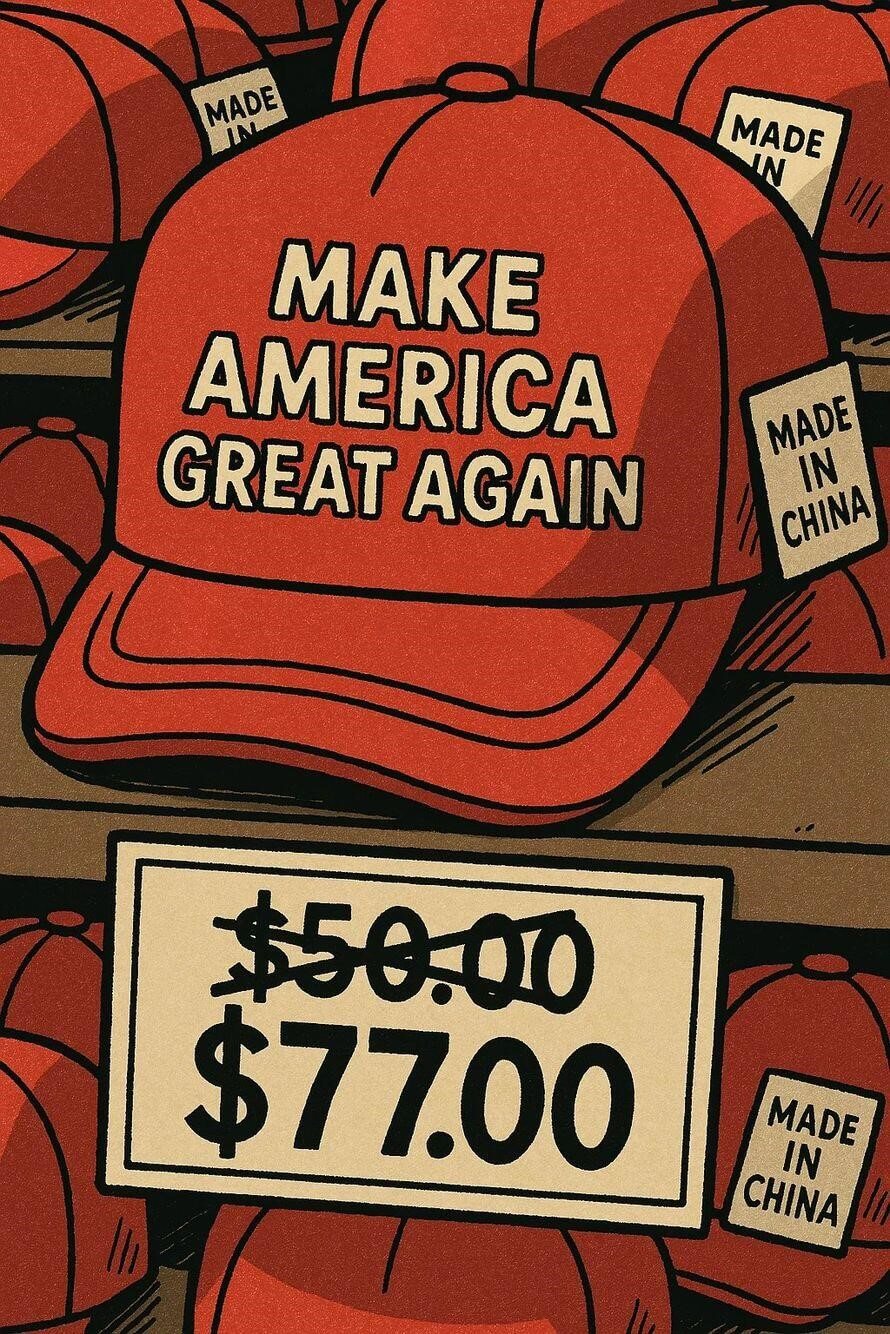What if the ongoing stock market rally, which has now virtually wiped out the normal risk premium on equities, were due to a “trickle-up” effect of all the money created during (and after) the Covid crisis? Such is the thesis recently put forward in an interesting piece of research by BCA[i]. It suggests that equity markets will remain “fertile for bubbles”, particularly with central banks having now begun to cut rates. That said, we continue to caution that analyst earnings expectations are extremely high. Should the next quarterly reporting seasons bring disappointments, particularly among the darling technology stocks, the bond alternative could all the sudden become much more attractive to investors. Combining a low to inexistent risk premium with (exaggeratedly) high earnings expectations makes for a dangerous cocktail for equity markets.
BCA begins by questioning whether monetary policy is sufficiently tight, and comes to the following conclusion: from an economic viewpoint, policy is restrictive (with high short-term rates), but it remains accommodative with regards to financial markets (large money supply). This because of the combination of three factors: large stimulus programs during the Covid era, a high degree of income inequality and record corporate profits.
The scale of cumulative liquidity injections in the US is indeed overwhelming: USD 5.3 trillion were “helicoptered” by the US government during Covid, a post-World War II record. A further USD 1 trillion was later provided through economic growth stimulus programs, with the US central bank also contributing some USD 4 trillion via quantitative easing. A large share of this money went to low- and middle-income households, which have a high marginal propensity/need to consume, thereby stimulating overall economic growth.
Once this pool of pandemic money had been spent by consumers, it did not disappear from the system. Indeed, it “trickled up” to the richest households (entrepreneurs and investors) in the form of profit distributions from the companies in which they have a participation. Profits (the income of the richest households) today represent a record share of GDP, while the wages (what the middle class earns) are approaching a historical low.
Flush with productive capacity, companies are, however, not spending much of their record profits on new investments, preferring to keep them on their balance sheets, use them to buy back shares and/or pay dividends. Which in turn benefits mainly citizens at the upper end of the income spectrum, who have little inclination/need to spend. The money is thus effectively finding itself “stuck in the financial system” – not flowing back to the real economy.
Worse, a good part of it is chasing darling stocks, in the AI and biotech fields in particular, quite regardless of valuations. This works well so long as these companies continue to meet or exceed earnings expectations, but any miss is (severely) sanctioned. In fact, even for the “average” stock, the price reaction to quarterly earnings is asymmetric. Our analysis of the median one-day price reaction following Q1 earnings releases shows that an earnings beat led to a flattish price (-0.2% for the S&P 500, +0.8% for the Stoxx 600), while a miss caused a 2-2.5% correction.
And with overall S&P 500 earnings growth estimates now standing at +11% for 2024 and +14% for 2025 (vs. a 2014-2023 average of 8% per annum), odds of disappointments are high. Particularly considering that 2023, a “booming” year for the US economy, saw earnings grow by only 0.4% on average.
All told, while it is probably still a little too soon to speak of a tipping point from equity to bond investments, but the time does seem ripe to increase bond exposure somewhat and cut back slightly on equity holdings – or at least protect the equity component of portfolios from a possible correction via put options. Meanwhile, we continue to gradually increase average bond duration in portfolios every time US and European 10-year yields reach the upper end of their range.
As for oil, which proved one of the few disappointing assets in May, we expect a rather stable price going forward (USD 70-80 per barrel). Significant spare capacity in the large Middle Eastern producing countries, combined with huge interest by the major oil companies to restart offshore exploration projects, makes it unlikely that the price will move up strongly. And if it were to start dropping too much, OPEC+ would no doubt take action to limit the downward trend.
In turn, this means that oil will no longer be an important factor for the overall inflation outlook – and hence monetary policy decisions. What will matter much more, as we have pointed out repeatedly, is wage inflation. With labour markets still very tight, particularly in the services segment of the economy, that is the variable on which investors should keep a close watch, because it is the obstacle to rapid interest rate cuts.
[i] BCA Research Inc, European Investment Strategy, Trickle-Up Economics and Bubbles, Mathieu Savary, Jeremie Peloso & Eugenia Pan, 27.05.2024
(Image Credit : AP photo/Michael Probst)









